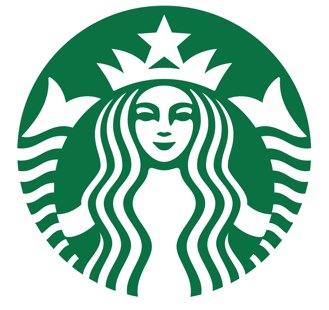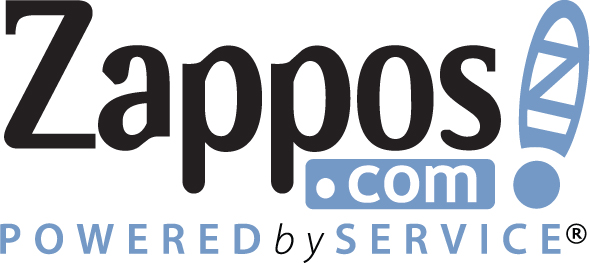Back to: Energize Your Workforce With A Vibrant Company Culture
 Culture Defines Your “How”
Culture Defines Your “How”
Culture defines HOW you do your business. Any restaurant can prepare food and any retailer can offer products. But, it is your culture of discipline and quality that drives your employees to replicate the menu to the recipes. It is your culture of service that motivates your employees to deliver their highest quality customer service.
Culture is the way to behave to accomplish the company’s mission (short term) and vision (long-term goal).
Here is an excerpt from the Great Place To Work Institute website that reinforces the HOW instead of the WHAT.
In great workplaces, something happens that transcends policies and practices. It isn’t what the companies are doing, it is how their leaders are doing it. And one cannot predict that organizations with the most creative practices, the best bottom line, the least stressful jobs or the most generous compensation packages are the ones that employees will most appreciate.
Yes, programs and policies are essential: they are tools that leaders and managers use to systemically create a great workplace that’s aligned with the organization’s business. But it is the selection and implementation of these practices make the difference in whether these investments become assets or detract from a workplace culture.
Culture Creates A Cult
When you think of the word “cult” you think of a group of fanatics. Secret meetings, a special handshake. They have their own language. Cults create strong opinions – they are polarizing. You either passionately agree and identify with the group, or strongly disagree with what they represent. You either feel like you belong, and fit it, or don’t.
[mk_custom_box bg_color=”#f6f6f6″ bg_position=”left top” bg_repeat=”repeat” bg_stretch=”false” padding_vertical=”30″ padding_horizental=”20″ margin_bottom=”10″ min_height=”100″]
- Starbucks employees are called Partners.
- They don’t have a headquarters, it is a Support Center.
- They don’t sell small, medium and large – they are famous for having sizes that span three languages Short, Tall, Grande or Venti.
- They don’t offer a leave of absence, you take a career coffee break.
[/mk_custom_box]
Culture Is A Great Filter
Asking if something is a “culture fit” is a wonderful filter for making decisions, sourcing and hiring and keeping employees.
This can be used to your advantage when hiring people who don’t “fit” the mold.
[mk_custom_box bg_color=”#f6f6f6″ bg_position=”left top” bg_repeat=”repeat” bg_stretch=”false” padding_vertical=”30″ padding_horizental=”20″ margin_bottom=”10″ min_height=”100″]
Whole Foods Market has a culture-filtering hiring process that requires a new employee work on a trial basis. With a final decision on hiring a candidate, each department – bakery, floral, meat department – votes. They decide as a team, ultimately if you fit as an employee. [/mk_custom_box]
Zappos provides an incentive for opting out of their culture…
[mk_custom_box bg_color=”#f6f6f6″ bg_position=”left top” bg_repeat=”repeat” bg_stretch=”false” padding_vertical=”30″ padding_horizental=”20″ margin_bottom=”10″ min_height=”100″]
Culture Changes, And Is Changeable
Culture changes over time. If you are not maintaining a specific set of behaviors and attitudes – they’ll change.
As you hire leaders with attitudes and behaviors different from your company culture, they will influence the existing culture. (This is why hiring those who are a good “culture fit” is so important.)
The good news is that if you don’t like your culture or it isn’t working, you can change it.
Your Industry Affects Culture
The way your culture is perceived by customers and employees is affected by the cultures of other organizations within (and outside of) your industry.
For example, the fact that you offer two years of tuition reimbursement to employees may help you appear as a giving and generous company.
That is, unless other companies are typically offering four years of tuition. This may cause you to be perceived as cheap.

 Culture Defines Your “How”
Culture Defines Your “How”